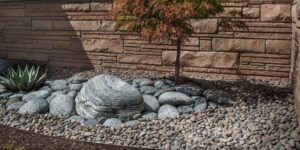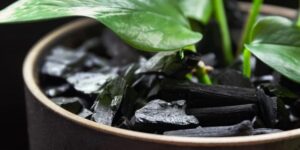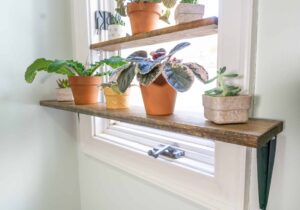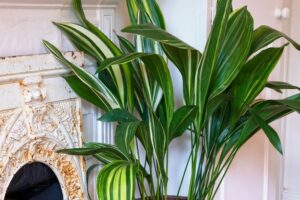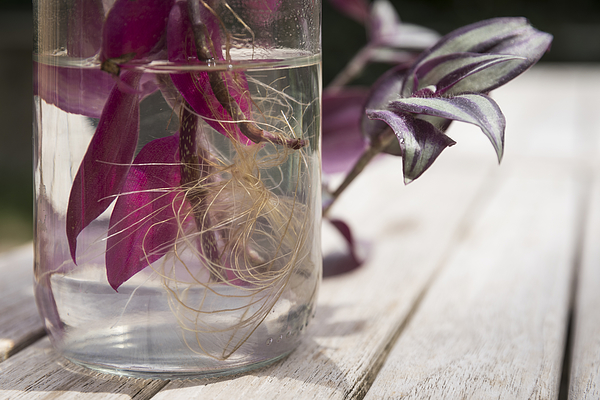
The Wandering Jew plant, scientifically known as Tradescantia zebrina, is a popular and versatile houseplant known for its vibrant foliage and trailing growth habit. While it can be propagated through various methods, including division and stem cuttings, water propagation has gained popularity among plant enthusiasts for its simplicity and effectiveness. In this article, we’ll explore the process of propagating Wandering Jew in water, from understanding its characteristics to caring for cuttings throughout the propagation journey.
Understanding Wandering Jew Propagation
Wandering Jew plants are characterized by their elongated, lance-shaped leaves with striking variegation, typically featuring shades of green, purple, and silver. They are known for their vigorous growth and ability to thrive in a variety of indoor conditions. Propagation of Wandering Jew can be achieved through stem cuttings, where a section of the stem is removed from the parent plant and encouraged to root and grow independently. This method allows for the creation of new plants from existing ones, making it a cost-effective and rewarding way to expand your plant collection.
Propagating Wandering Jew in Water
To propagate Wandering Jew in water, begin by selecting healthy stem cuttings from the parent plant. Choose stems that are free from disease or damage, and cut them just below a node using sharp, clean scissors or pruning shears. Nodes are the points on the stem where leaves and roots emerge, and they are essential for rooting. Remove any lower leaves from the cutting to expose the nodes, as these will be submerged in water to encourage root development.
Next, prepare a propagation vessel filled with clean, room-temperature water. Glass jars or bottles work well for this purpose, as they allow you to easily monitor root growth. Place the Wandering Jew cuttings in the water, ensuring that the nodes are submerged and the leaves are kept above the waterline. Position the vessel in a location with bright, indirect light, as this will promote healthy root development without risking sunburn.
Monitoring and caring for cuttings in water is essential for successful propagation. Check the water level regularly and top up as needed to ensure that the nodes remain submerged. Change the water every few days to prevent stagnation and the growth of algae or bacteria. As roots begin to develop, you may notice new growth emerging from the nodes, indicating that the cutting has successfully rooted and can be transferred to soil.
Factors Affecting Success
Several factors can influence the success of propagating Wandering Jew in water. Adequate light and temperature are crucial for healthy root development, so be sure to place the propagation vessel in a location with bright, indirect light and maintain a consistent room temperature of around 65-75°F (18-24°C). Additionally, patience is key, as root development can take several weeks to occur. Resist the urge to disturb or transplant cuttings prematurely, as this can disrupt the rooting process and hinder growth.
Common issues that may arise during water propagation include rotting stems, yellowing leaves, or stagnant growth. To troubleshoot these issues, carefully inspect the cuttings for signs of disease or damage and remove any affected areas with clean, sharp scissors. Adjust the water level or location of the propagation vessel if necessary to improve growing conditions. With proper care and attention, you can successfully propagate Wandering Jew in water and enjoy the satisfaction of watching new plants take root and flourish.

